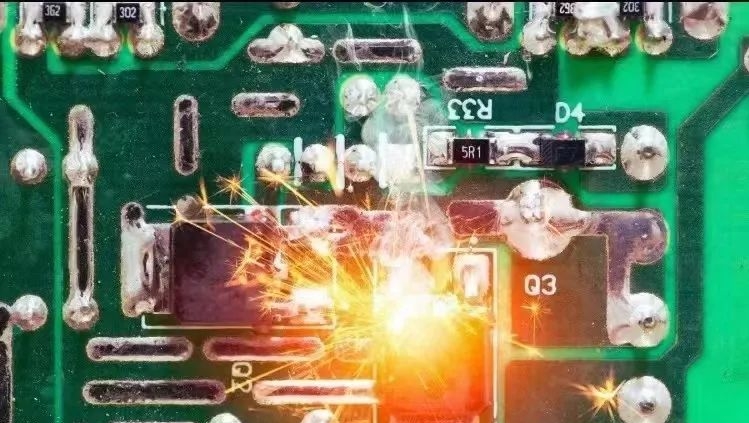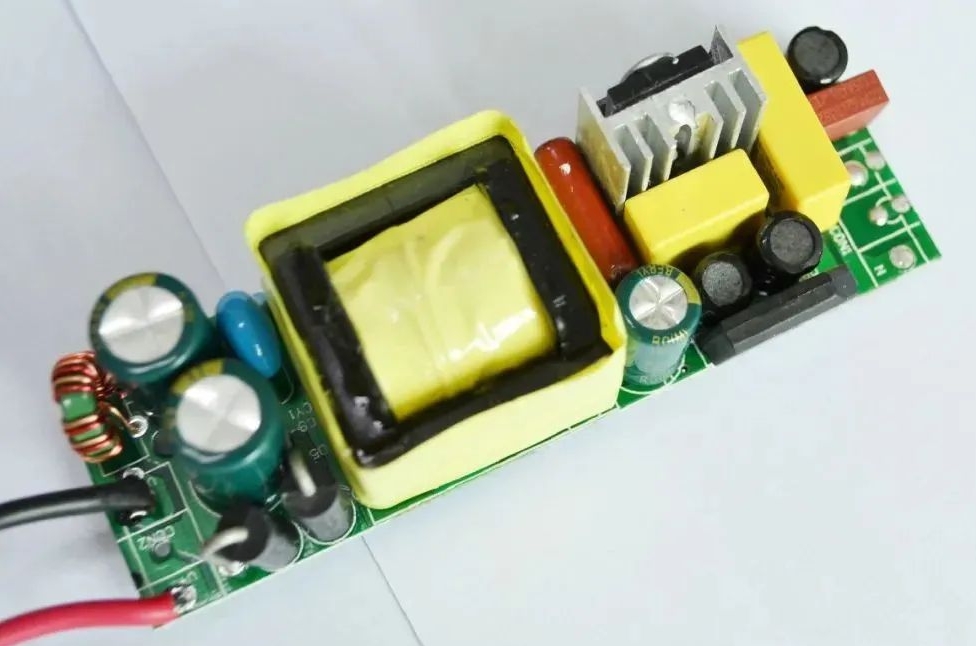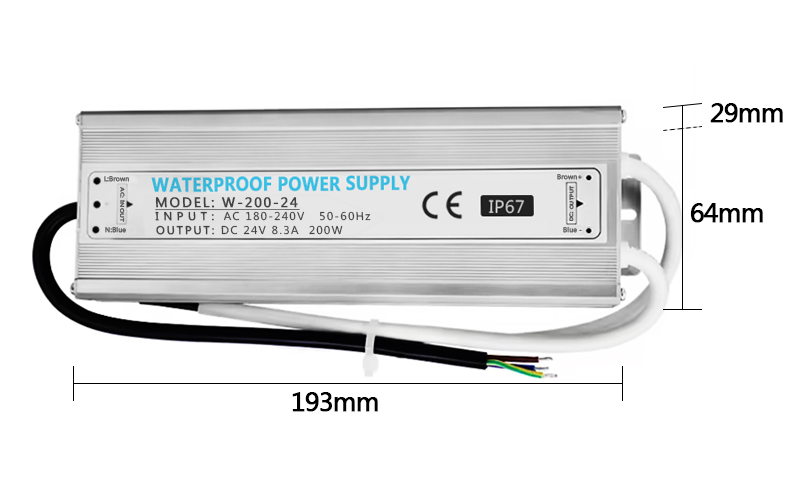Many engineers working in the switching power supply industry are engaged in LED driver power supply design. Most companies have three main types of driver power supply designs:
First. Introduction and features of LED driver power
1. Introduction of LED driver power
LED driver power refers to the power that is converted into LED light through a voltage converter (such as AC-DC).
Generally speaking, the input is high-voltage industrial frequency AC in most cases, which is what we call mains electricity. my country’s mains electricity is 220V/50HZ, and North America’s mains electricity is 120V/60HZ; secondly, there are high-voltage and low-voltage DC, such as 12V, 24V and 36V, and there is also low-voltage high-frequency AC, just like the electronic transformer we use will output the corresponding voltage.
2. Current status and characteristics of LED driver power supply
(1) High reliability, Generally, the warranty of North American lamps can reach 5 years, which is good.
(2) High efficiency, Using switching power supply or linear power supply, the efficiency of 75~80% is quite high.
(3) High power factor, generally reaching above 0.9, which means that the equipment does less useless work, uses power more efficiently, and the lamps will last longer.
(4) It has practical protection such as surge protection, overvoltage and undervoltage.
(5) It has dust and water resistance functions, such as IP44 level.
(6) It has safety regulations and electromagnetic compatibility performance.
(7) Three common drivers will be discussed below.
Second. Three common LED driver power supplies
1. Switching constant current source
Currently, using a switching power supply to design an LED driver circuit is the most common mainstream design approach.
First of all, from its design idea, from the input end, generally through the transformer designed by itself, the high-voltage industrial frequency AC power is stepped down to low voltage (AC-DC), and the stable DC voltage can be output through the rectifier filter circuit. In addition, the EMI filter circuit, surge and lightning protection circuit, electrostatic protection circuit, overvoltage and undervoltage protection circuit, etc. are added, and the performance is relatively excellent and the reliability is higher.
Secondly, there are two circuits for the switch constant current source, one is the isolation circuit and the other is the non-isolation circuit.
From the name, the isolation circuit has made certain blocks to some high-voltage to low-voltage parts, with high safety performance, high internal circuit safety, and slightly worse external insulation performance. The output requirement of the North American isolation circuit is <60Vac.
Another non-isolated circuit is wrapped in an external insulating plastic shell, which is less safe, but the cost is naturally lower than the isolation circuit. Both methods have their own advantages and disadvantages.
So from these two points, it can be seen that the switching power supply tends to have better safety performance and stable performance, which is worthy of being the mainstream LED driver power supply design idea!
The so-called linear power supply, as the name suggests, is a linear power supply. To be precise, the input and output voltages are basically the same. For example, North American lamps use a linear IC solution, with an input of 120V/60HZ and an output of about 118V in most cases.
It can be seen that the difference from the switching power supply is not that the voltage is reduced by a transformer, but that a single or multiple linear ICs are used for voltage division (common ICs include OB5656). There are also relatively few components, mostly aluminum substrates, rather than the green copper-clad boards of the switching power supply. Another point is that it has a high power factor and high efficiency, and does not require electrolytic capacitors, which have a longer life than the switching power supply.
However, everything has two sides. Although it is efficient, its output is high voltage. Once a person touches it, it is life-threatening, so it is generally plastic shell, which is relatively safe, but difficult to disassemble.
3. RC step-down solution
The so-called RC step-down actually uses the charging and discharging characteristics of capacitors to output driving current to light up LEDs. It is simple to design, easy to operate, and economical. However, careful friends have discovered that it is easy to damage the circuit because of its simplicity, and there are many unstable factors.
Especially in the summer when power is limited, power outages and power on again frequently will cause damage to the lamp. Its output is the same as that of a linear IC, and the high voltage is not isolated, so it is very dangerous to use. However, its shell is plastic, so relatively speaking, its safety is not as good as that of a switching power supply.
So its general application scenario is a low-power lamp, about 5W.
For product questions, please check the product page, you are also welcome to contact us through the contact information below, we will reply to you within 24.
https://www.xgelectronics.com/products/
William (General Sales Manager)
186 8873 0868 (Whats app/We-Chat)
E-Mail: sales@xuangedz.com liwei202305@gmail.com
(Sales Manager)
186 6585 0415 (Whats app/We-Chat)
E-Mail: sales01@xuangedz.com
(Marketing Manager)
153 6133 2249 (Whats app/We-Chat)
E-Mail: sales02@xuangedz.com
Post time: Apr-30-2024



